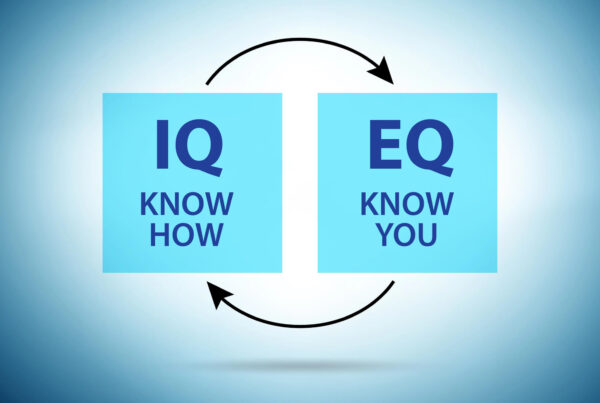Last Updated on May 8, 2023 by Dave Schoenbeck
When an employee struggles in a job, managers often respond in three ways: to reshape the position to fit the person better, move the person to another role, or ignore the poor performance altogether. Ignoring performance problems happens because many leaders never correctly learn how to deal with underperforming employees.

As leaders, we should resolve the problem rather than let it fester. However, as humans, we naturally want to avoid conflict. The good news is that managing challenging employees doesn’t have to cause lasting awkwardness when done correctly. Here’s what you need to know about how to deal with underperforming employees.
Confronting an Employee Performance Problem
A significant aspect of managing a team involves motivating underperforming staff. Leadership is about courage, skills, and experience to face poor performance head-on. You’re only doing a disservice to yourself, the employee, and your entire team by letting problems slip through the cracks.
The key is addressing any issues you notice before they become more significant problems. Here’s how to deal with underperforming employees:
- Be quick. It would be best if you never waited for a performance review to address an issue with an employee. They will feel blindsided and annoyed if they could have corrected a problem sooner. However, it would be best to do it as soon as you need a conversation.
- Be specific. An employee can’t fix a problem that even you have only a vague understanding of the opportunity. Specifically, document their examples of things that went wrong and point out examples of behaviors you’re addressing.
- Be fair. Don’t let personal bias or favoritism impact the way you give feedback. You should provide critical feedback to anyone who warrants it, even if (and sometimes, especially if) you have a close working relationship with the person. Likewise, give praise to every employee in equal measure.
- Be kind. No one likes to have their mistakes pointed out, which will likely affect morale. So even the most irritating missteps should be addressed with kindness and respect. Many managers are fond of the “sandwich” method—start with positive feedback, address the negative, and then end on a positive note again.
- Be attentive. Offer the employee a chance to explain. For example, if poor performance results from incorrect training or another breakdown in the overall process, it must address that issue. In addition, you might be able to help future employees by considering their feedback.
While it’s essential to learn how to deal with underperforming employees, the approach is not one-size-fits-all. Sometimes, if an employee has a good work ethic and shows promise in other areas, it may be worth reshaping the role or moving them to another place in the organization to use their talents.
However, this should not be the first tool in your arsenal and should never be used for someone who is just a poor employee overall. You don’t want to saddle another team with someone who has proven to be unreliable.
If you’re concerned about your approach to managing underperformance, a business coach can help you gain some perspective. Would you mind filling out my contact form and scheduling a complimentary coaching call to learn how to deal with underperforming employees?
Coach Dave
- How and When to Use AI for Idea Creation - June 26, 2025
- What Does a Copyright Protect?A Small Business Guide to Copyrighting Your Business - June 19, 2025
- Most Frequently Recommended Small Business Management Tools - June 12, 2025


